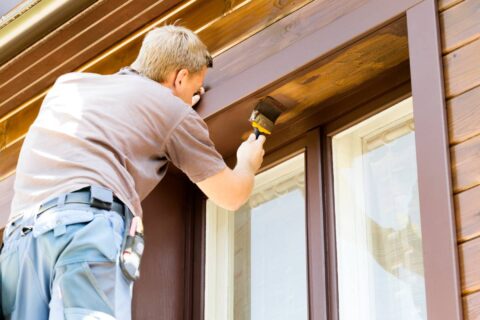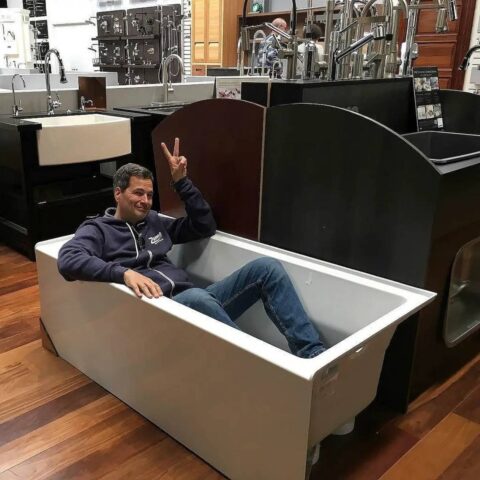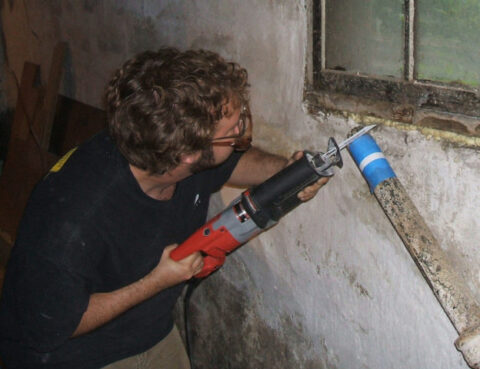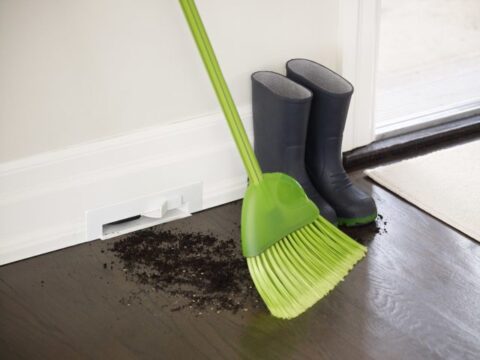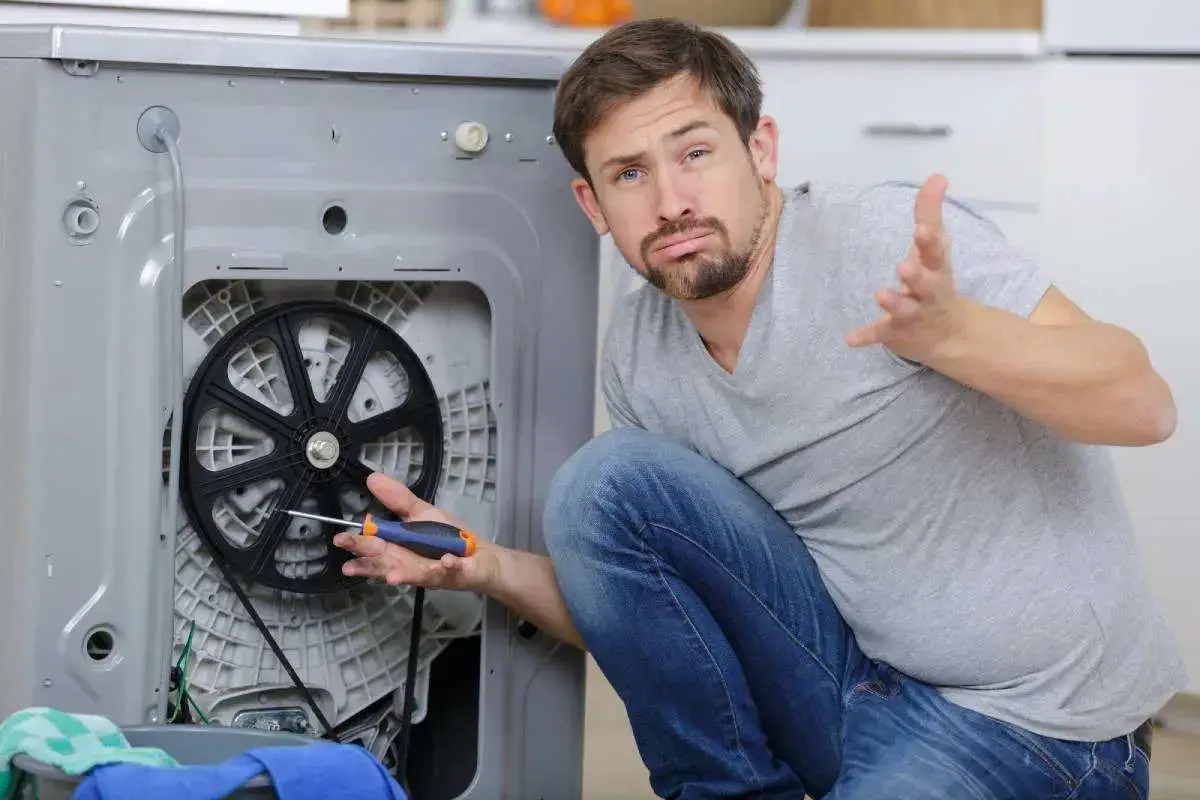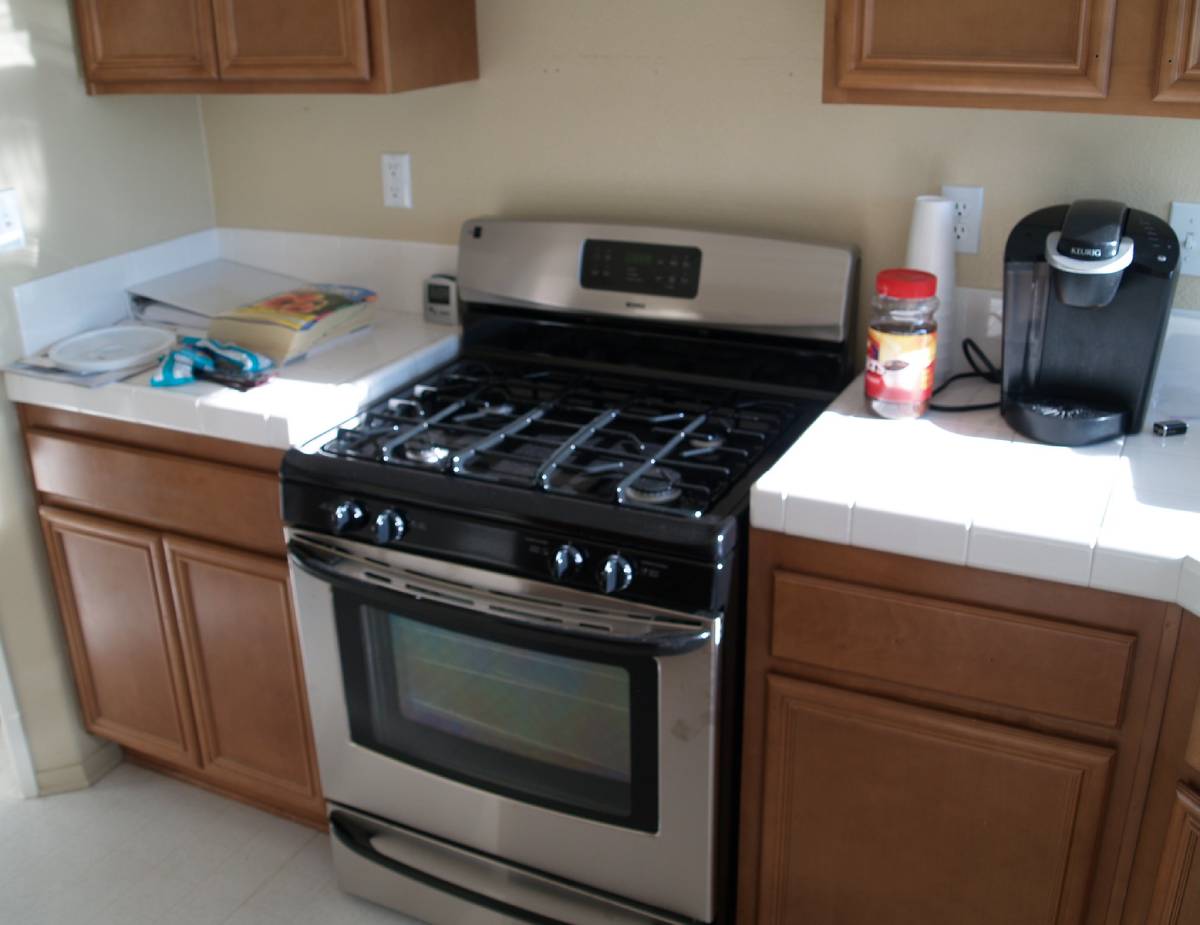 Severe weather has been on the rise and it made me think about what options a homeowner has regarding safe rooms, a.k.a. storm shelters.
Severe weather has been on the rise and it made me think about what options a homeowner has regarding safe rooms, a.k.a. storm shelters.
As you are probably aware, it’s not necessarily the wind that will harm you. It’s the debris that the wind picks up and hurls perilously through the air that you have to watch out for.
That’s why it’s a smart move to build a safe room either during the construction of your new home or have one built into your existing home — especially if you live in areas that are prone to tornadoes or hurricanes.
Look at what happened recently in Tuscaloosa, Alabama and Joplin, Missouri if you need a better reason to take precautions with your home project budget in mind.
Thinking Of Building A Safe Room?
FEMA has loads of great information on residential safe rooms.
Safe rooms are reinforced small rooms built in the interior of a home, which are fortified by concrete and/or steel to offer extra protection against tornadoes, hurricanes and other severe windstorms. They can be built in a basement, or if no basement is available, on the ground floor. In existing homes, interior bathrooms or closets can be fortified into safe rooms also. Source
Here are all of the plans and specifications for constructing a safe room that you could possibly need for all types of residential formats, provided by FEMA. The plans are very detailed and cover things like the materials you will need and different types of safe rooms, depending on your particular residential situation.
FEMA has safe room initiatives and block grants for individuals and communities alike, plus information about safe room funding.
FEMA also outlines the National Performance Criteria for Tornado Shelters guide that’s available (.pdf).
Here’s what you can expect in terms of safe room construction details and costs.
View images of a tornado safe room being built.
How To Stay Safe If You Don’t Have A Safe Room
If you don’t have plans to build a safe room, you should always grab a pillow and go to the innermost closet or bathroom, in the event of a severe storm or tornado. Get in the tub and place the pillow over your head.
Better yet, if you have a basement you should secure a position in the area of your basement that has the least amount of windows and is the deepest underground.
You and you your family members should also have a predetermined spot in which to meet if you happen to loose contact during the course of the storm.
Here are a few tornado safety tips outlined by NOAA.
I started as a home-stalker… visiting brand new homes under construction in the neighborhoods near my house. That inspired me to write about home building and home renovation projects — chronicling homes during different phases of construction from a consumer's point-of-view. Basically, the tips you'll find in my articles are a collection of checklists for what I think should (and should not) go into building or remodeling a quality home.

